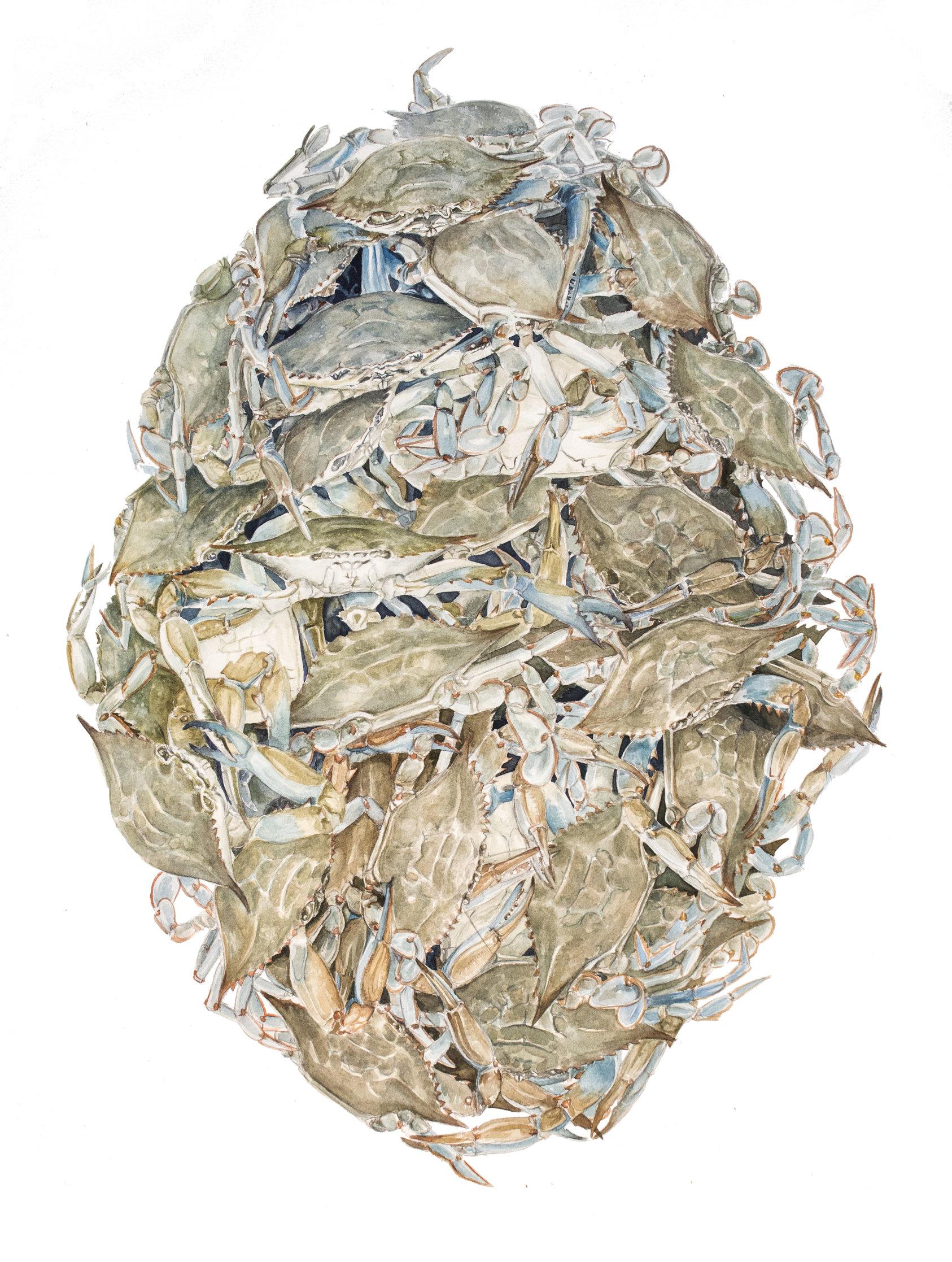by Kylan Rice
On Digital Epistemology (or On the New Cosmography)
“What I have noticed in the poetry and poetics of the most important poets is that they are arguing, weaving, and composing a cosmology and an epistemology. Over and over again. There is no epistemological cut-off or gash in our deepest natures, nor in our engagement with life. Nor is the ambition of what is known short on its desire for cosmos.” -Robin Blaser, ‘The Violets’
Conceptualize a spreadsheet: a table, correlative by nature, cross-thatching / cross-referencing a series of informational packets which aggregate in order to facilitate a comprehension of latency, availability, convergence. In other words, boxes that co-dominate, integrate. Converting imported data to columnular data / cellular concatenation, i.e. honeycombing, “and there was honey upon the ground” or “behold, the honey dropped; but no man put his hand to his mouth.” Example: Column no. 1, title: Adam—Echinacea; Vitamin C; Honey & Lemon; Nothing. Corresponding to rows: November, December, January, February. Column no. 2, title: Beth—Vitamin C, Nothing, Echinacea, Honey & Lemon. Corresponding to rows: November, December, January, February. Column no. 3, title: Carl—Honey & Lemon, Echinacea, Nothing, Vitamin C. Corresponding to rows: November, December, January, February. Columnized main entry pillars: Main entries provide the principal avenues of ingress and egress: the crisis of reintegration or main entry which rarely re-occurs.
Conceptualize a field: a non-spatial or non-locational plane upon which (or in which?) data assembles, arrays, refracts. A field is an active zone (a meadow?) able to be processed or interpreted. A field is a place of entry that provides principle avenues of ingress and egress in reference to a network or grid, where a grid is an overlay of coordinates in terms of a co-operative spatiality.
Conceptualize a network: a series of interlocking lattices, chains, threads, fibers, mesh or syntax. A network is a set of possible substitutions. For instance: left-right symmetry is to facial recognition as resemblance is to visibility (eg: a : b :: c : d). To network is to repair / reconstitute transverse stresses or breakages, as along a thread or cord, cured and soldered with beeswax. A network suggests some degree of transparency, translucence, as in fishnet. In this way: a fisher of men; or, a lacunae. A lacunae; or, a gap in knowledge, awareness, as derived or displaced from its primary geological connotations. See also 1 Kings 7:42, “And four hundred pomegranates for the two networks, even two rows of pomegranates for one network, to cover the two bowls of the chapiters that were upon the pillars;”
<><><><><><><><><><><><><><><><><><><><><><><><>
An information age is, unavoidably, also an age of syntax.
RE: genre, category, code, order. What is the shape of information? Of data? Will it come to us in the form of an infographic, a table? Will it come on a table? How does a surface—for instance, a table—exist in a post-spatial information age, where meaning and stability are dependent upon relationality, context, liminality? In other words, a table is not a table. A table is a manifestation of syntax, or a series of interrelating, correlating, and interpenetrating presences that comprise a convergence or a contusion in / on space.
“Thou shalt set the table without the veil, and the candlestick over against the table on the side of the tabernacle toward the south: and thou shalt put the table on the north side.”
“Not in tables of stone, but in fleshy tables of the heart.”
The work of art opens up new grammars, epistemes, “traces.” To know or to write in [tables of stone] [fleshy tables of the heart] [fields (meadows?)]. To fill in fields. Input as a shift in weight or significance. Information or a fountain, as a single location / coordinate. The heart as monostich, comprising a single line, a linear / lineated interface, surface, doubling into a fold, that which is always open.
The table of the heart in flux. As it skips / breaks. Upper chambers that integrate into a meadow.
<><><><><><><><><><><><><><><><><><><><><><><><>
Comfort in the knowledge that it is “the same as near from as far.” Mandelbrot himself summarized it as “beautiful, damn hard, increasingly useful—that’s fractals.” The last fractal in your part of the world: a curvature, a curtain, a “4-space” doubling as a diaphragm, swelling into diaphony, in which the parts proceed by parallel motion in fourths, fifths, and octaves. Understandably, your questions: What is a “Julia Set”? What is scaling? What is self-similarity?
Understandably, your questions: What is a Koch snowflake? What is a space-filling curve?
Understandably, a fractal is a mosaic in that it is the inverse of itself, in that it comprises a series of units at functional intervals. A mosaic or a syntax, known as tesserae, a network of pebbles, glass, shells. Or to scintillate, to theorize. Where the Greek word for spectator is theoros.
Where the Greek word theoria means to see.
“Then said some of his disciples among themselves, What is this that he saith unto us, A little while, and ye shall not see me: and again, a little while, and ye shall see me?”
“See, here is water; what doth hinder me…?”
“Having eyes, see ye not? and having ears, hear ye not? and do ye not remember?”
<><><><><><><><><><><><><><><><><><><><><><><><>




